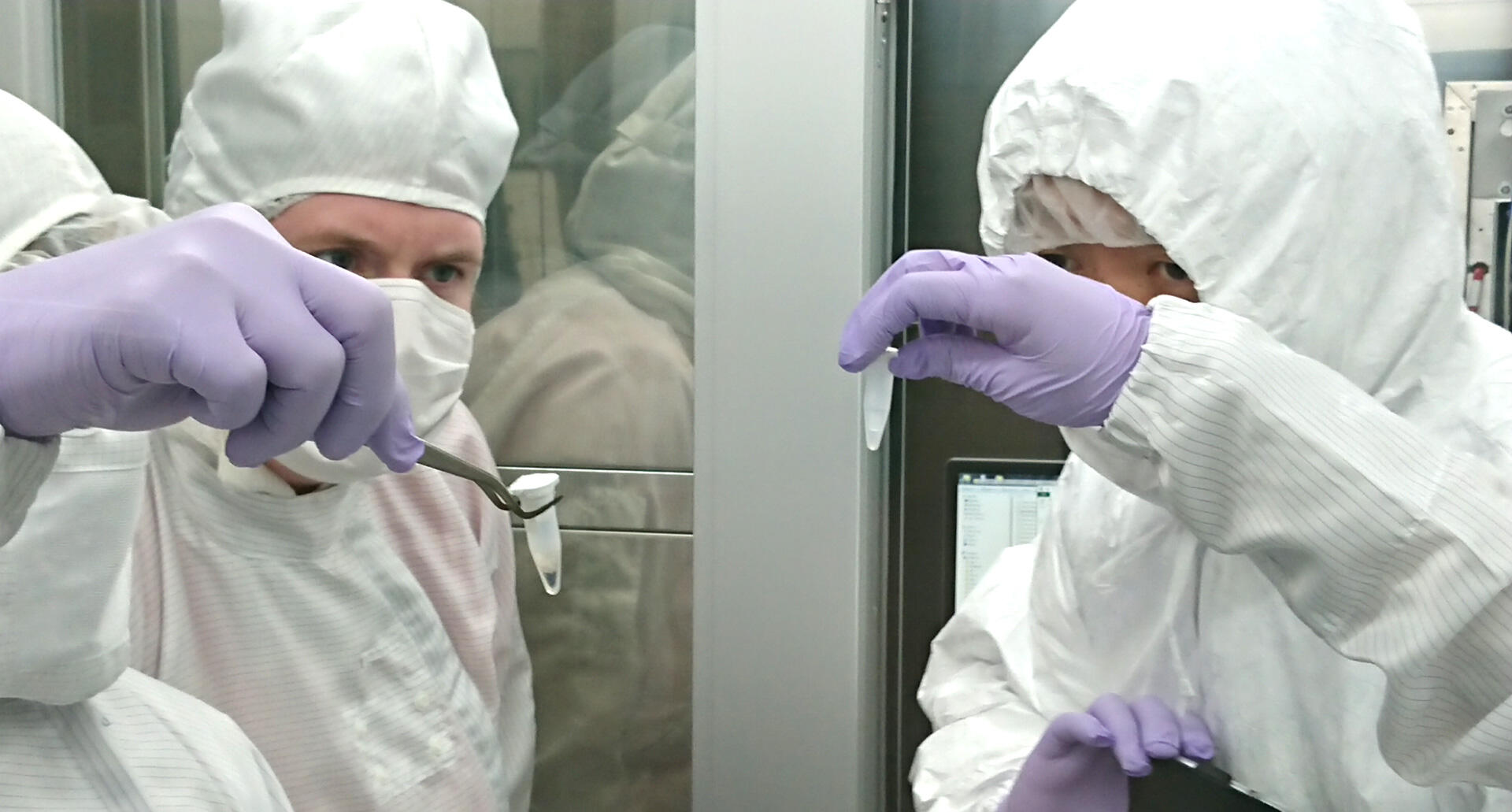
Viewing from Cosmic Perspectives: Hayabusa2

Ocean experts take on the samples from the asteroid Ryugu
Elucidate the Prebiotic Evolution of Organic Molecules before the Formation of an Ocean and the Earth.
Dr. Yoshinori Takano, a research scientist at Japan Agency for Marine-Earth Science and Technology (JAMSTEC), is one of the researchers who analyze the samples from the asteroid Ryugu during the Hayabusa2 mission. Why will an ocean expert analyze materials from an asteroid? The answer is because "Ryugu is the one and only opportunity to investigate the real state of water, organics, and mineral interactions before the birth of an ocean and the Earth. It is a pristine abiotic location only driven by carbon, water, and minerals for elucidating the mystery of the prebiotic evolution of organic molecules," Dr. Takano said.
Researchers see organic molecules equally,
whether it is from an ocean or from outside the Earth.
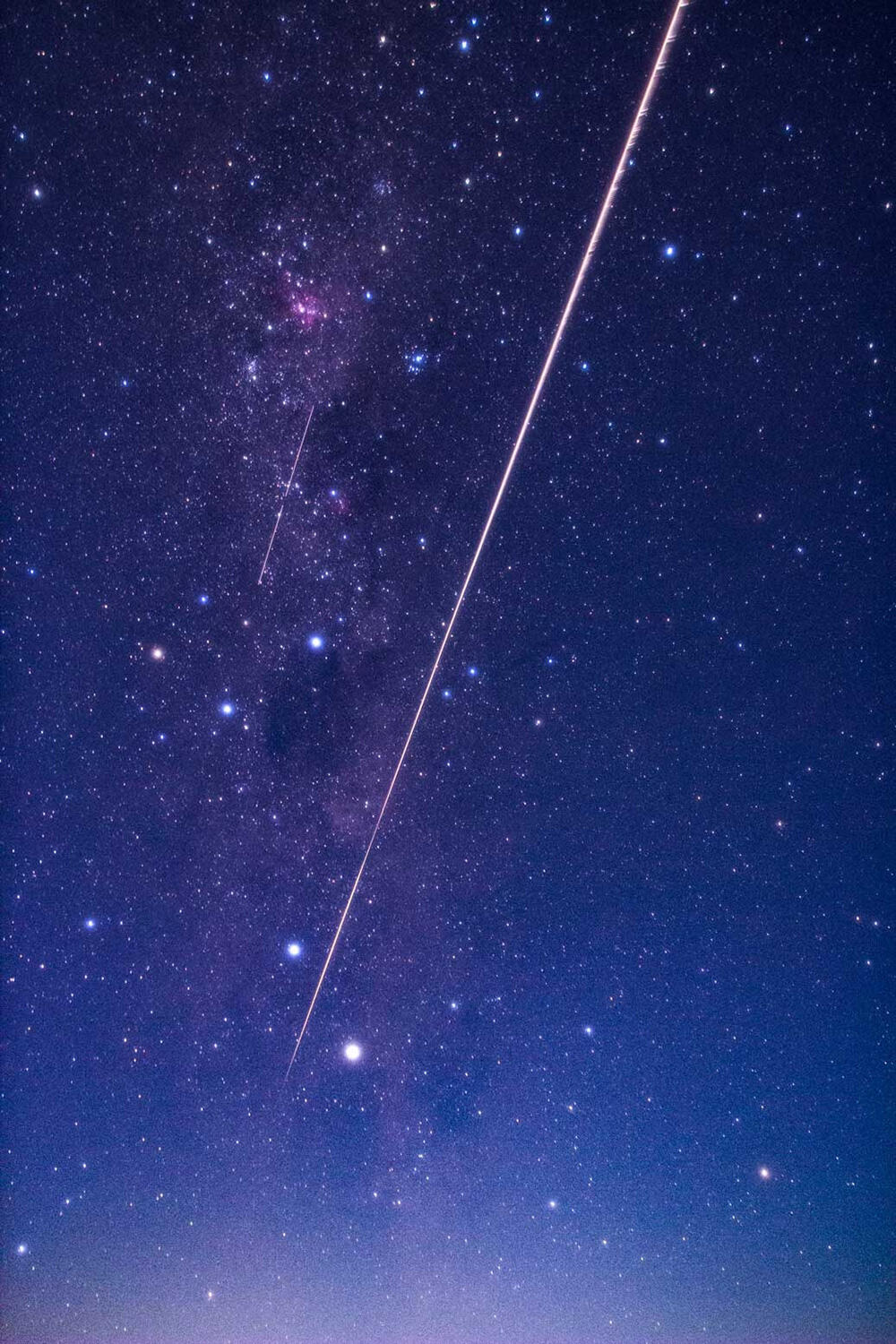
The re-entry capsule of "Hayabusa2" passing over Coober Pedy, Australia, as a fireball.
―Dr. Takano usually analyzes samples, for example, from deep sea, deep aquifer, and interior of the Earth for gases, liquids, and organic molecules. How do you feel, Dr. Takano, about being in charge of the analysis of the Ryugu material?
Takano
In a word, very exciting. I strongly feel that I want to know what it was like before an ocean and the Earth were formed, and what it was like on the eve of the birth of life. As part of my own lifework, it is "the ultimate examination of pristine abiotic molecular evolutions." My specialties are organic geochemistry and organic astrochemistry. I usually use the tools of chemistry to study organic molecules. Water and carbon are the most fundamental and important substances for prebiotic chemistry. The interaction of water and carbon will produce the first organic molecules. Continuously, that organic matter will evolve into a higher chemical form. Now, I belong to JAMSTEC, a marine and earth research institute, at the right time to be able to observe such an exciting reality of Ryugu. On the scale of the Solar System, the Earth and asteroid Ryugu are neighboring as they are only a short distance away from each other. I want to look at matter on a microscopic scale from the perspective of observing the depths of oceans and the Earth, as well as on the broad scale of the Solar System. I want to examine molecular-level pristine "chemistry" from a field that no one has ever seen. Whether it is an ocean or an asteroid, they are originally the same in the sense that they are the materials that make up our Solar System. Perhaps, Ryugu has some oldest ancient organic molecules in the Solar System. That quest is a supreme moment for a chemist.
―There are some terrestrial materials that can be collected from the deep sea and the Earth's crust, and there are some extraterrestrial materials such as meteorites recovered from the Antarctic ice sheet. Does this mean that the wide range of the sample catalog, the better we can evaluate the material science of the Solar System?
Takano
That is correct. I have an ambition to diagnose the diversity of these natural substances from the view of chemistry. At the time of the first mission of "Hayabusa," we were requested to evaluate the sample collected by the explorer. I was also approached by JAXA to develop the next project of "Hayabusa2," which might require new operations and special analysis of organic materials. In this way, my relationship with JAXA grew deeper since then (guest associate professor at JAXA in 2015-2017).
―Did you find any clues for organic matter in the analysis of materials from the asteroid Itokawa, which was brought back by the first "Hayabusa" spacecraft?
Takano
Itokawa is rocky. In short, it is low concentration of carbon. We found a slight signal of water, but the amount of carbon, which is my specialty in organic chemistry, was infinitesimally low. However, if there is a carbon signal, I was requested to find out the origins of carbon and with the detailed profile. As the amount of sample was small, the analysis was very difficult. But by confronting the (extremely) small scale of analysis, new ingenuity was born, which was utilized in the technological development of "Hayabusa2." From the Itokawa experience, standards for the amount of sample, which determines the level of elucidation, became clear.
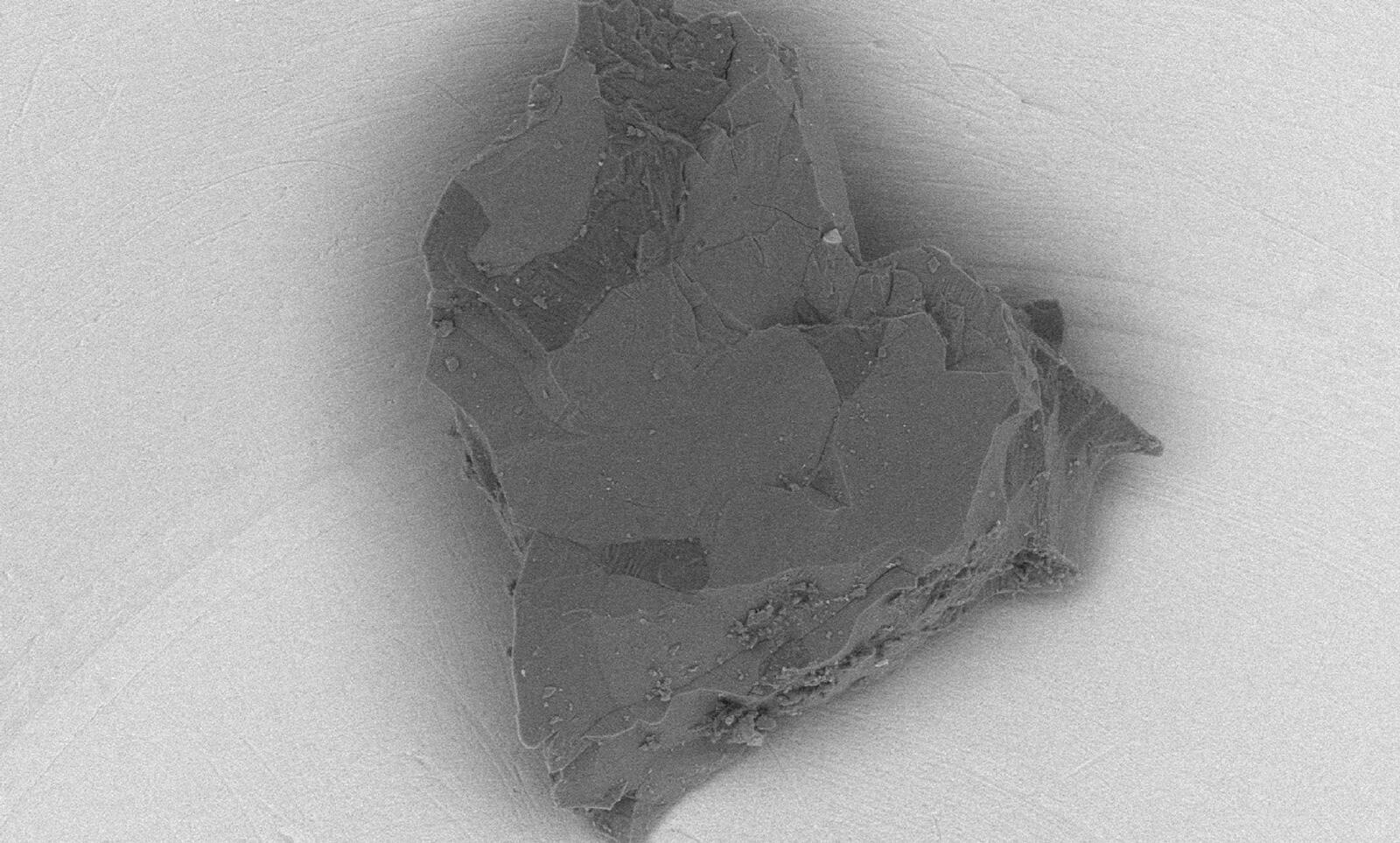
―Was the opening of the "Hayabusa2" capsule in Australia carried out based on the experience of the first "Hayabusa" mission?
Takano
Yes. The various experiences gained from the first "Hayabusa" mission were very good lessons. Thanks to the experiences, when we recovered the re-entry capsule this time and opened it in the clean room to take out the sample-container, we knew the most critical point to focus on. The zone defense of each special field by the sampler team composed of science and engineering specialists was perfect.
First, after taking out the sample-container, we connected it to a special analysis line set up in the clean room. We then simultaneously collected and analyzed the gas in the container. In Japan and Australia, we conducted thorough rehearsals many times, despite the difficulties in adjusting the schedule under the COVID-19 calamity. Nevertheless, when the time came for the real game to begin, I felt that everyone was growing excited (in a good way, of course, under good tension). It was a series of breathtaking moments. The whole team purposefully talked to each other, took deep breaths, encouraged each other, and all members enjoyed the joy of having witnessed the moment of success. It was a truly precious moment for me as a scientist.

The JAXA x JAMSTEC adventure to enter a new stage.
―Analysis will soon begin at JAMSTEC. What kind of approach will you take?
Takano
JAMSTEC has its headquarters in Yokosuka and institutes in Yokohama and Kochi. The "Hayabusa2" analysis team will proceed with analysis at the Yokosuka Headquarters and the Kochi Institute. At the Yokosuka Headquarters, an international team composed of Japan, the U.S., and Europe, together with Kyushu University, NASA, and others, will analyze the abundance, isotopic composition, and inorganic ion composition of carbon and nitrogen in Ryugu, as well as analyze what kind of organic molecules carbon and nitrogen make at the molecular level.
At the Kochi institute (Deputy Group Leader Senior Researcher Dr. Motoo Ito), they mainly use a secondary ion mass spectrometer, an ultra-high performance machine, to analyze what kind of mineral structure the sample has. And if the sample contains carbon or nitrogen, we will visualize its spatial distribution. Unlike Itokawa, Ryugu is thought to have both water and carbon. If so, there is a possibility that the organic matter produced by the reaction of these substances could be there. It's exciting just to think about it.
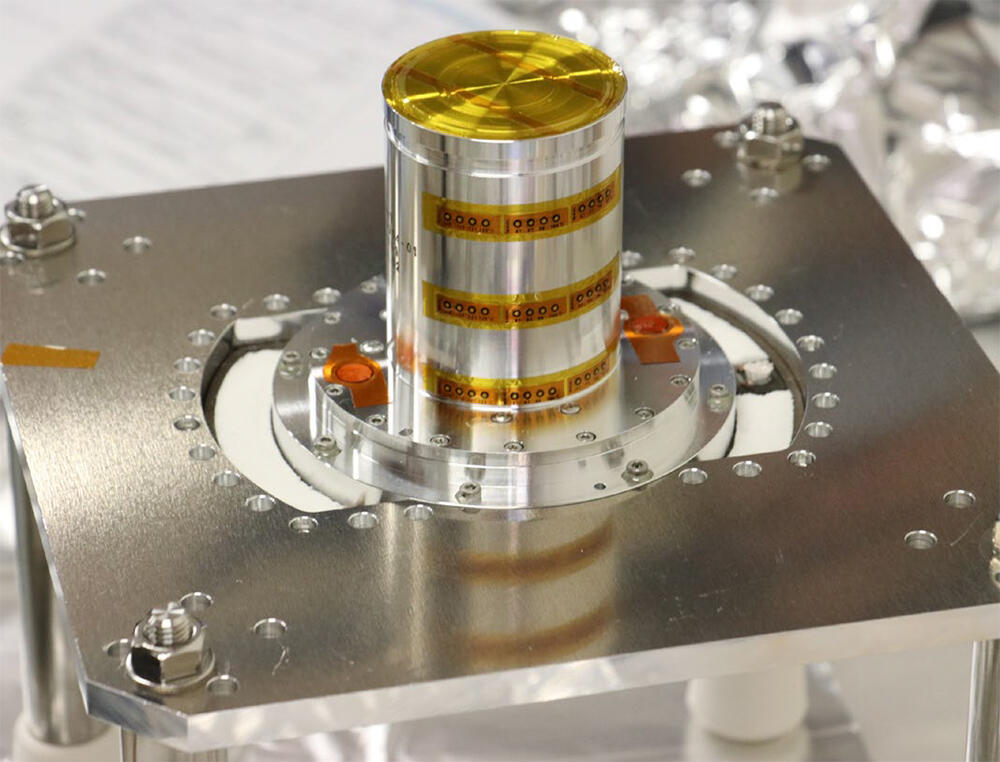
―Regarding your lifework and major scientific goal, "To know the eve of the birth of life and its dawn," do you think you can find clues to, for example, "midnight?"
Takano
Thank you for asking me such an inspiring question. I believe that an analysis of the time of the birth of life, "midnight" in other words, will take place on a different occasion, not the analysis of the sample brought back by "Hayabusa2."(😉) However, it is true that there is no other place where you can see the environment before an ocean and the Earth were formed. Ryugu is the only place where we can see by ourselves what the Solar System looked like before the formation of planets. Then, there are carbon and water, and when they accumulate, they eventually become an ocean. As JAMSTEC researcher Dr. Yoshimura presented last year at the Lunar and Planetary Science Conference (LPSC), we may be able to see the first inorganic chemistry as water reacts with the minerals from Ryugu. I would like to learn more about the interaction between organic and inorganic matter before the formation of an ocean and the earth.
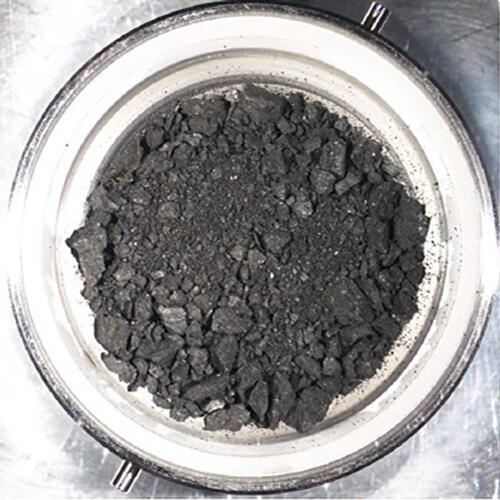
What is also noteworthy about the operations conducted by "Hayabusa2" at Ryugu is the collection of samples not only from the surface, but also from the subsurface. The surface of Ryugu is expected to have a history of exposure to sunlight. However, the subsurface samples are less affected by sunlight. In short, there is a possibility that we can get information on a younger Ryugu.
In addition, NASA's Osiris-REx spacecraft will travel to asteroid Bennu to bring back samples. We have a hope for the comparative analysis of Ryugu's and Bennu's samples. We can find out whether the evolution of materials seen in Ryugu is a unique phenomenon or a universal phenomenon in asteroids. If there is a difference, it suggests that asteroids have different histories. By comparing both samples, we may be able to observe the diversity of interactions between water, organic matter, and minerals. The comparison of the analysis of samples from Ryugu and Bennu through the bidirectional cooperation between Japan and the U.S. is, therefore, scientifically significant. The 2020s is going to be a decade to keep an eye on.
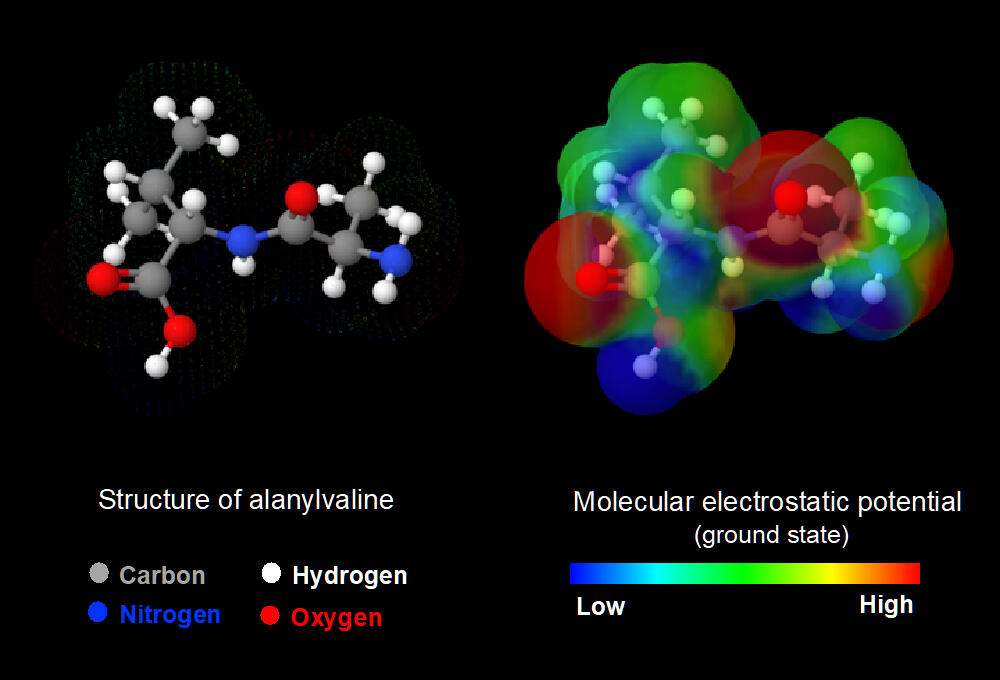
―Little by little, through analyses and demonstrations, scientists are closing in on mysteries.
Takano
That is correct. When I joined the Organic Geochemistry and Cosmochemistry laboratory at the University of Tsukuba (Professor Emeritus Kaoru Harada and Professor Emeritus Akira Shimoyama), I've learned various "manners" of organic analysis. For example, I learned how to prevent "contamination" and how to extract information on a sample in the best possible way. This also included many protocols based on the know-how that was created in the 1960s during the process of the Apollo lunar program and the Viking Mars program. Of course, there are a number of new developments by our own generation, but they were created based on the grand design and golden rules created and polished up by pioneers. On top of that, there is what we can call "data," and on top of that, there is what we can call champion data such as the Ryugu analysis. It is impressive, because this is the succession of technology on a 50-year scale.
I myself am very fortunate to be able to conduct the first analysis in human history and describe asteroid "Ryugu" while I am still an active scientist. I am going to approach my analysis with respect for my predecessors.
[Interviewer / Writer]
Toshiya Muraoka
For more in detail about the interview, please see:
Tachibana et al. (2014) Hayabusa2: Scientific importance of samples returned from near-Earth C-type asteroid 1999 JU3. Geochemical Journal, 48, 571-587. doi:10.2343/geochemj.2.0350.
Oba et al. (2020) Extraterrestrial hexamethylenetetramine in meteorites―a precursor of prebiotic chemistry in the inner solar system. Nature Communications, 11, Article number: 6243. doi: 10.1038/s41467-020-20038-x.
Takano et al. (2021) Analytical development of seamless procedures on cation-exchange chromatography and ion-pair chromatography with high-precision mass spectrometry for short-chain peptides. International Journal of Mass Spectrometry, 462, 116529. doi: 10.1016/j.ijms.2021.116529.
Profile
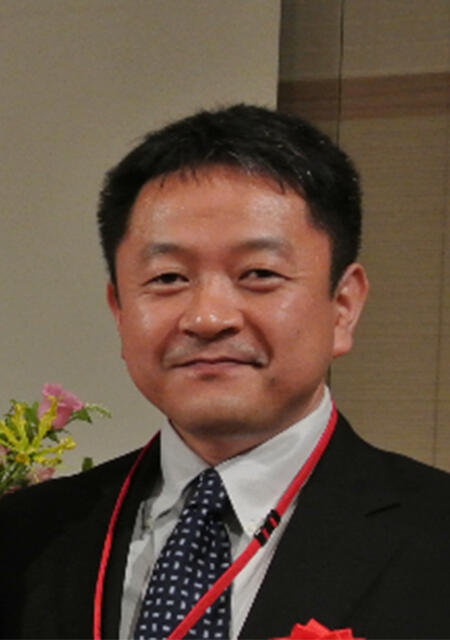
Dr. Yoshinori TAKANO
Group Leader of Organic Molecule Research Group
Deputy Director of Biogeochemistry Research Center
Japan Agency for Marine-Earth Science and Technology (JAMSTEC)
As an organic specialist, Dr. Takano was involved in the analysis of organic samples (Category 3) during the first "Hayabusa" explorer, and was also in charge of the reentry-capsule recovery and analysis in Australia as a member of the sampler team for "Hayabusa2." He is deploying precise chemical methods such as organic analysis at the molecular level and isotope analysis in the fields of ocean, the Earth, and the Solar System. His future dream is to conduct a joint research with the younger generation and children who are now witnessing "Hayabusa2."
All the images are copyrighted ©JAXA unless otherwise noticed.
- Home>
- Global Activity>
- Public Relations>
- JAXA’s>
- JAXA's No.83>
- Ocean experts take on the samples from the asteroid Ryugu Elucidate the Prebiotic Evolution of Organic Molecules before the Formation of an Ocean and the Earth.